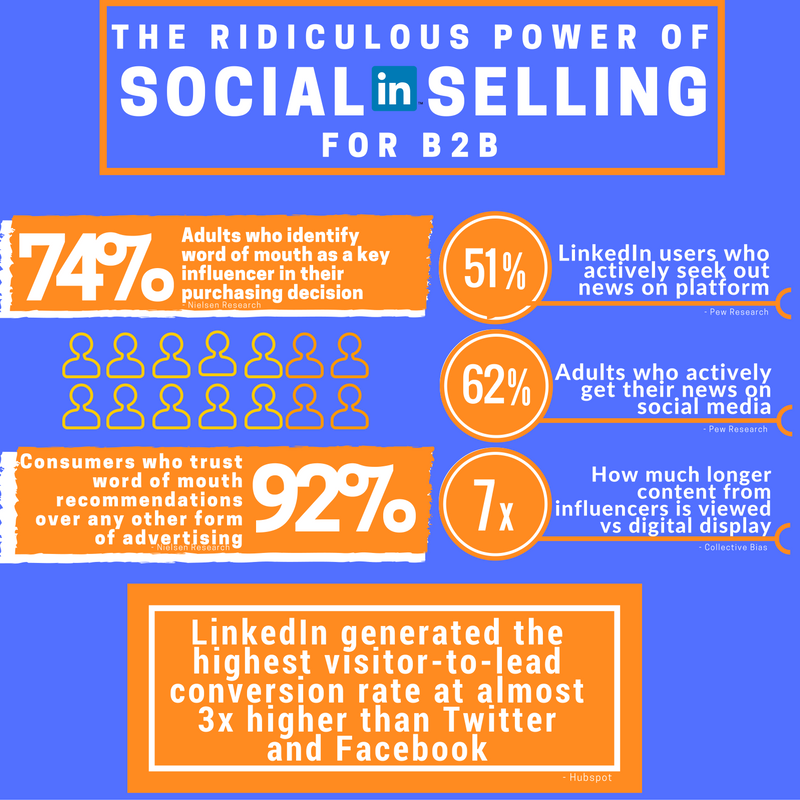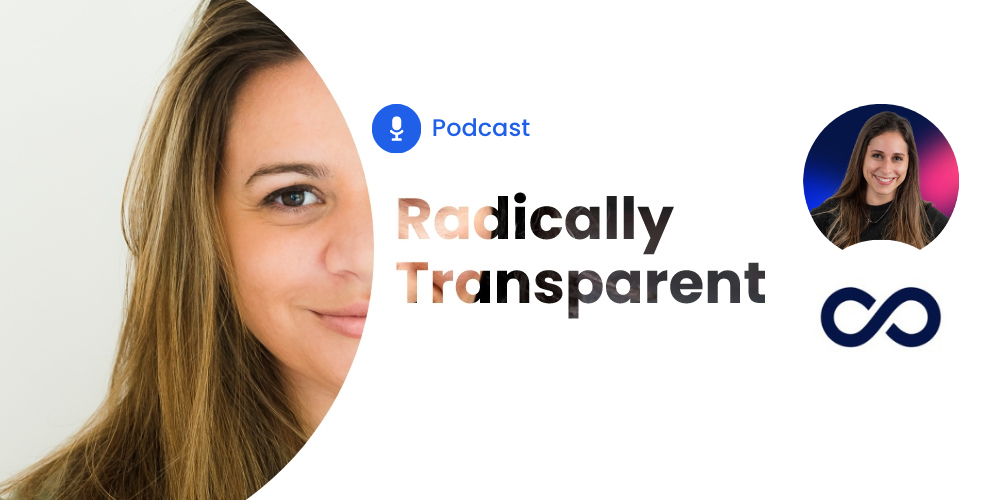How to build a personal brand that drives B2B sales

Table of contents
- 1. Learn from people who do it well
- 2. Start with your network
- 3. Get clear on what you talk about
- 4. Clean up your profiles
- 5. Create (and curate) good content
- 6. Stay consistent
- 7. Use the right tools
- 8. Keep your voice consistent
- 9. Join the right communities
- 10. Add value to trending conversations
- 11. Stay positive and professional
- 12. Track what’s working
- Final thoughts
Building a personal brand online can seem trivial if you don’t eat, sleep, and breathe marketing.
How will becoming a minor internet celebrity help you close big B2B contracts with serious, technically-minded buyers?
If you’re in sales, you’ve probably heard you should “build a personal brand.” Maybe that sounds like fluff, especially if your buyers are technical decision-makers who care about ROI, not personality. But here’s the reality: when buyers evaluate solutions, they look at people, not just companies. A strong personal brand doesn’t mean becoming internet-famous. It means being visible, credible, and top-of-mind in the places your buyers spend time, especially on social media.
Social platforms are where sales conversations start. If you want to be part of those conversations, people need a reason to trust what you’re saying. That’s what a personal brand does. It signals authority, builds trust, and makes prospects more likely to respond. Social media is the best place to establish a reputation for trustworthiness and expertise with current and future customers. If you want to engage with people online to talk about your company, your products, and the state of your industry, it makes more impact to back your words up with a credible personal brand. Here’s how to build that kind of brand without having to become a full-time influencer.
We do not recommend putting yourself out there and hoping for the best.
Habits and practices help create the best conditions for building a solid personal brand. We’ve boiled them down to twelve key tips.
1. Learn from people who do it well
Follow top voices in your space—not just to like their posts, but to reverse-engineer what works. What topics do they cover? How do they phrase things? How do they interact with others?
Look beyond your industry, too. While someone in fintech or dev tools might take a different approach than someone in cybersecurity, great content principles exist across fields.
💡 TIP: Engage with others’ posts. Thoughtful comments get noticed and can lead to new connections.
2. Start with your network
Your brand doesn’t need to start from scratch. You already have colleagues, past customers, and partners in your corner. Import your contacts, connect on LinkedIn, and invite them into the conversation.
These people are more likely to engage with your content early on, and that activity helps you show up in more feeds.
Recommended for further reading
3. Get clear on what you talk about
Sales pros with strong personal brands usually follow a few consistent themes. These include demand generation, AI in B2B sales, and how buyers navigate budget cuts.
Pick your lane, stay in it, and let repetition work in your favor. When someone sees your name, they should know what value to expect.
4. Clean up your profiles
Your old blog post from 2016? That edgy tweet from college? If it’s public, it’s part of your brand.
Do a quick audit of all your active platforms. Update your bios, remove off-brand content, and ensure your messaging aligns with how you want to be perceived today.
Tips on how to master your LinkedIn profile
5. Create (and curate) good content
Creating content doesn’t mean reinventing the wheel. A strong take on a trending topic, a quick summary of a webinar, or a comment on a customer challenge can go a long way.
And don’t ignore curated content—sharing industry articles, podcasts, or data with your take added is a fast way to build authority.
💡 TIP: Using Oktopost’s employee advocacy platform? Tap into your marketing team’s content pool. Then personalize it. AI-assisted editing tools can help make that content sound like you, not just your brand.

6. Stay consistent
One post won’t build your brand. Five posts in a row won’t do it either. People need to see your name, insights, and content regularly.
💡 TIP: You don’t need to post daily. Pick a pace you can maintain—even once or twice a week is enough if you stick with it.
7. Use the right tools
Posting from your phone works in a pinch, but tools like scheduling apps and AI writing assistants can save you hours. If your company offers advocacy tools like Oktopost, lean into them. They’re built to help you scale your social presence without extra overhead.
Third-party apps can also be tremendously helpful for organizing your various accounts, crossposting to multiple accounts at once, and managing contacts and notifications. Once you sort out your social media management routine, seek out the tools that will make it easier to handle your daily activities.
8. Keep your voice consistent
People follow people, not company pages. They want to hear from you, not someone pretending to be you.
Your tone can be professional, friendly, bold, technical—whatever fits. Just be consistent. If one day you’re joking and the next you’re writing like a press release, followers will get confused and tune out.
9. Join the right communities
LinkedIn Groups, Slack communities, and niche forums are all fair game. Focus on the ones where your buyers and peers hang out. Show up, contribute value, and avoid self-promotion unless it fits the context.
10. Add value to trending conversations
When something big happens in your industry, be part of the conversation. Add a quick take. Ask a smart question. Share a relevant resource.
💡 TIP: Make sure it aligns with your expertise, and avoid topics that will alienate your audience or dilute your brand.
11. Stay positive and professional
Critiques are fine. Negativity isn’t. Being the person always points out what’s wrong doesn’t build trust. People want to follow voices that make them more thoughtful, not more cynical.
Keep it constructive. Stay focused on insights, not drama.
12. Track what’s working
Set alerts for your name, your company, and key terms. Monitor your content’s engagement. Pay attention to who’s commenting, sharing, and DMing you.
💡 TIP: This helps you focus on what works and join conversations where your voice can make a difference.
Google Alerts and other automated notification systems are a must, but don’t be overly reliant on them. Set up notifications and manually search all your active social media platforms. You don’t want to miss out when people are having a conversation that should include your voice.
Final thoughts
Building a personal brand isn’t a campaign; it’s a habit. It’s about consistently showing up with value where your buyers pay attention. You don’t need to become a full-time content creator, but you do need to be visible, valuable, and authentic. And with the right tools and a smart strategy, you can do that in just a few hours a month. Here are two additional resources you can review to learn more about personal branding
- Personal branding strategy, a roadmap for professionals, experts, and executives
- A new modern selling approach – maximize social selling





